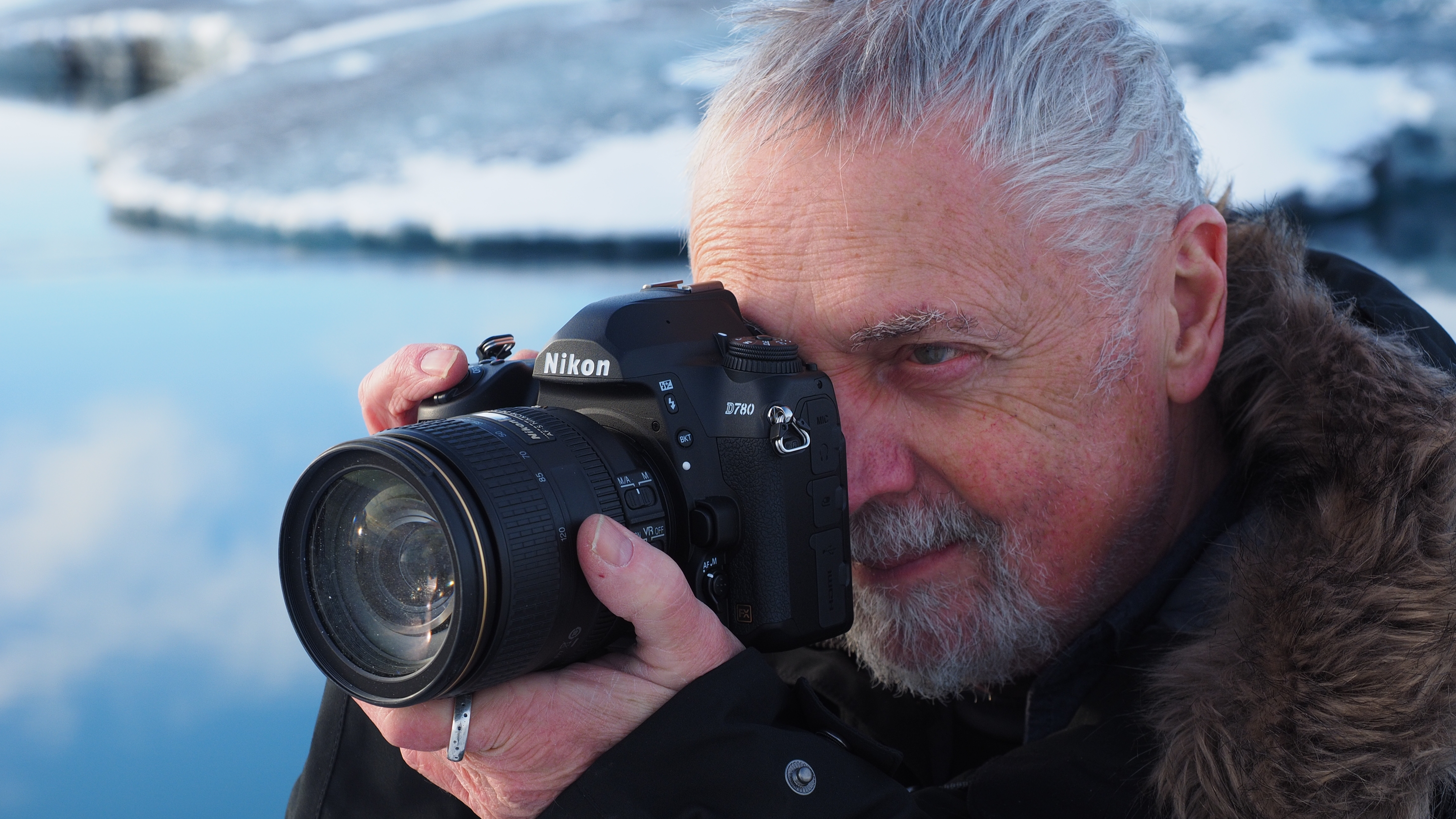
The 'Earthrise' photo from the Apollo 8 mission is widely considered one of the most copied and iconic photographs of all time. Taken by astronaut Bill Anders on December 24, 1968, it showed the Earth as a fragile, vulnerable sphere in the darkness of space, a perspective that profoundly influenced the environmental movement over the ensuing decades.
But now UK scientists are currently working on something that could turn out to be even more of a cultural gamechanger. A camera that aims to capture the first direct images of Earth-like planets orbiting distant stars… and may help us discover if we're alone in the universe.
Two UK-led teams are developing proposals for a high-resolution imaging camera that will fly aboard NASA's Habitable Worlds Observatory (HWO), an ambitious space telescope mission launching in the early 2040s. This won't be just another space camera: it's being designed specifically to photograph rocky planets similar to our own and analyze their atmospheres for signs of life.
Imaging challenge
So here's the challenge. Imagine trying to photograph a dim object that's a million times fainter than the brilliant star next to it. That's the head-scratcher facing the teams at University College London, Durham University, Leicester University, Portsmouth University, and several UK space research centers.
Currently, space telescopes are able to find giant planets – inhospitable Jupiter-sized worlds – outside our solar system. But they struggle with smaller, rocky planets that are similar to Earth. Yet those are the interesting ones; the places where alien life might actually exist.
Capturing them on camera, though? That's like trying to see planets in our own Solar System in the middle of a sunny day.
How it will work
HWO plans to use use a clever two-part approach. First, an instrument called a coronagraph will block out the blinding glare of host stars, similar to how you might shield your eyes from the Sun to see something nearby. This should enable scientists to spot rocky planets for the first time.
The best camera deals, reviews, product advice, and unmissable photography news, direct to your inbox!
Then the high-resolution imager – the camera being developed by UK teams – will take over for detailed investigation. When a planet passes in front of its star, starlight will filter through the planet's atmosphere, changing color slightly (think of how our Sun looks redder at sunset). The camera will then capture these subtle color shifts with unprecedented precision.
By studying the spectrum of this light, scientists will be able to identify specific molecules in the planet's atmosphere – water, oxygen, methane – that could indicate the presence of life.
Precision measurement
The imager will do something else remarkable: measure planetary masses by watching how planets tug on their stars. As a planet orbits, its gravity causes the star to wobble ever so slightly. By tracking these tiny movements with extreme accuracy, scientists can calculate the planet's mass and understand the strength of gravity that any surface life would experience.
This kind of precision measurement is crucial. Without knowing a planet's mass, it's much harder to interpret what those atmospheric signatures really mean.
The early 2040s might seem distant, but the work happening now in British laboratories and research centers is laying the groundwork for what could be one of humanity's greatest discoveries.
And people everywhere should be excited. Because the images this camera captures might just rewrite our understanding of our place in the cosmos.
Tom May is a freelance writer and editor specializing in art, photography, design and travel. He has been editor of Professional Photography magazine, associate editor at Creative Bloq, and deputy editor at net magazine. He has also worked for a wide range of mainstream titles including The Sun, Radio Times, NME, T3, Heat, Company and Bella.
You must confirm your public display name before commenting
Please logout and then login again, you will then be prompted to enter your display name.

